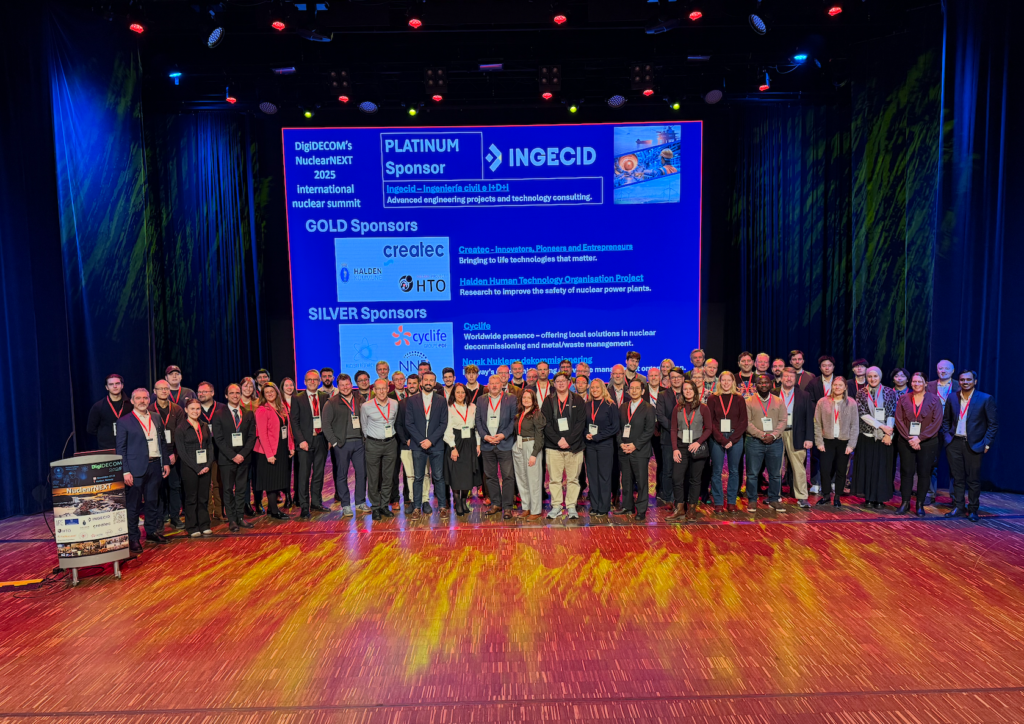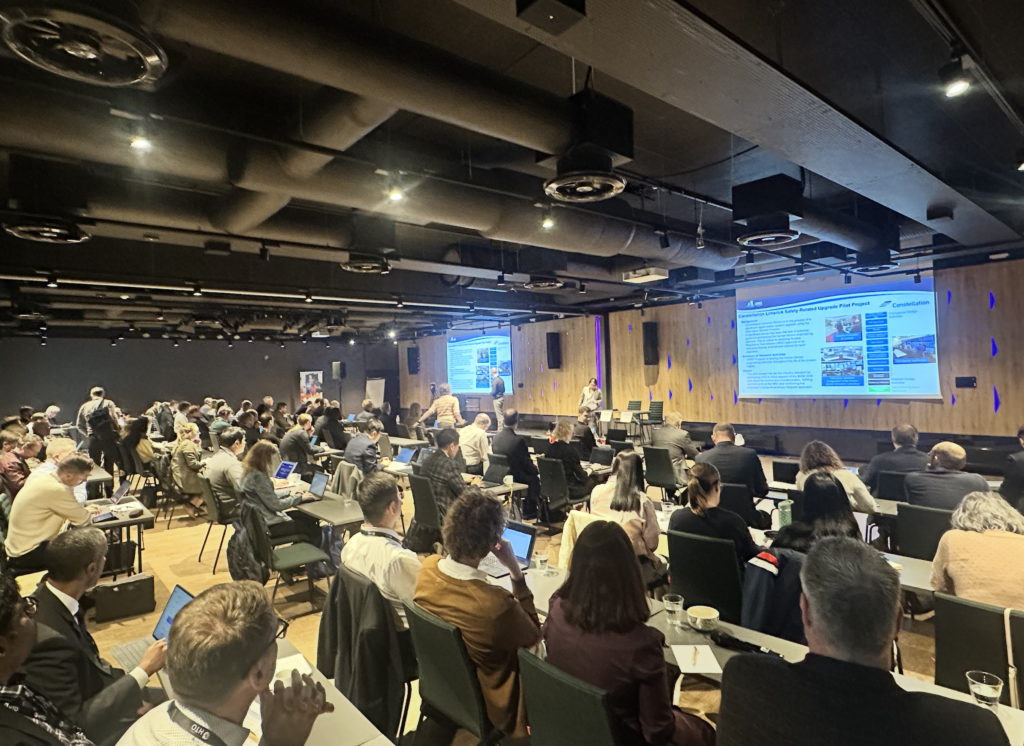The Human Interactive Robotics for Healthcare (HIRo) project focuses on a humanoid robotic platform, EVER3. Emphasis is placed how a humanoid robot can provide assistance to both health professionals and patients in the hospital and in the municipality’s home help services. This approach is new in the healthcare system, where robots have been deployed, and in robotics, where technological developments have usually been made separately from end-user assessment. HIRo will lead to new or improved solutions and services in the hospital and the municipal services.
Project partners are Sunnås, Halodi robotics and Skien municipality. The project has received support from the Research Council of Norway’s ICT Plus initiative. Funding for the project is a total of NOK 11.3 million (incl. Inkind).
HIRo will lead to new or improved solutions and services in the hospital and in the municipal services:
- Increase patient support by using a humanoid robotic assistant
- Assisting healthcare professionals in basic everyday tasks with patients, e.g. hygiene and meals
- Allow a new interactive service, accompany new patients and patient visitors, guide them through the hospital and provide basic information
- Support patients in more autonomous contexts, such as in their own homes
Halodi Robotics has developed EVER3 as a humanoid robot for research. This is a flexible robotic platform that has a head with a face (eyes and mouth), movable arms, and that can move in a set of two wheels. EVER3 is approximately human in size and is capable of human-like interaction with objects through the arms and a variety of hands. EVER3 can be remotely controlled using manual or virtual reality controls, allowing an operator to take on more robots as needed – a relevant feature for remote operations such as home care. EVER3 will also be equipped with autonomous behavior, able to mimic human tasks and perform them independently. Halodi Robotics is currently developing the next version EVER4 to be released in Q3 2021 as a robotic solution to significantly improve home care for users, healthcare professionals and caregivers.
Although there are research and pilot projects including humanoid robots in the health care system, they either focus on generic reception / meeting and greet tasks where the robots provide information to visitors and patients (example: Pepper robot used in Belgian hospitals as a receptionist, Daily Mail, 2016 ), or robots with a unique function in the hospital, usually related to carrying patients or other heavy weight (example: RIBA robot prototype for carrying patients, New Atlas, 2009).
HIRo represents an original approach that will use a multi-use and flexible solution by joining end users, the public sector, research players and a pioneering company that develops unique robotics technology.
Related news
-

21. November 2025
NuclearNEXT 2025 – Halden brings together world-leading experts in nuclear power and innovation
This week, Halden is a global hub for nuclear innovation as DigiDECOM NuclearNEXT 2025…
-

9. May 2025
Experts in Nuclear Safety Gathered in Norway
This week, the Institute for Energy Technology (IFE), on behalf of the OECD Nuclear Energy…
